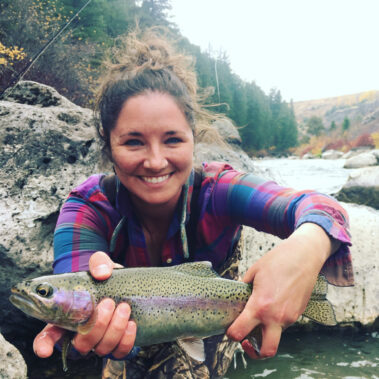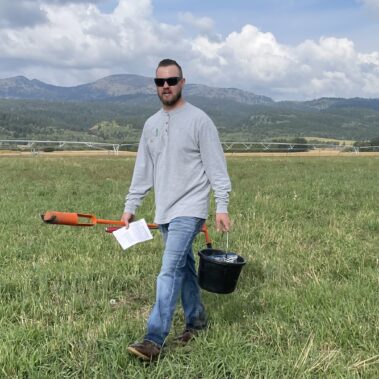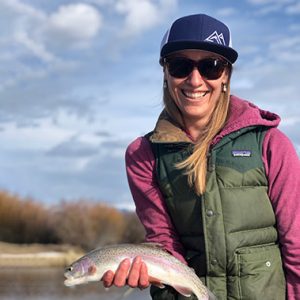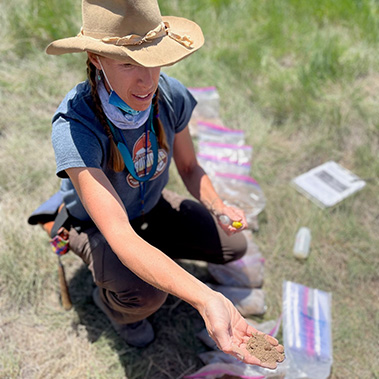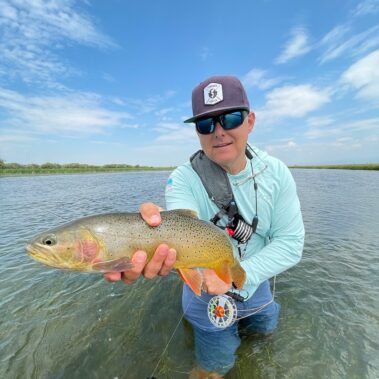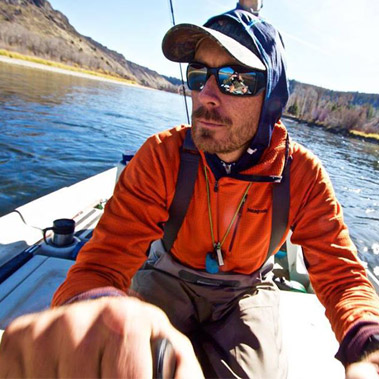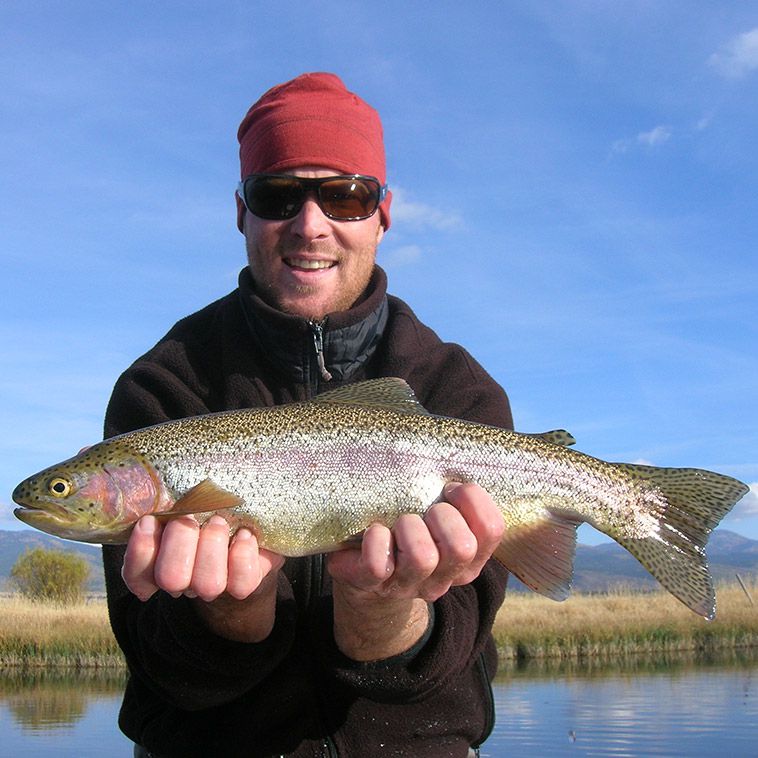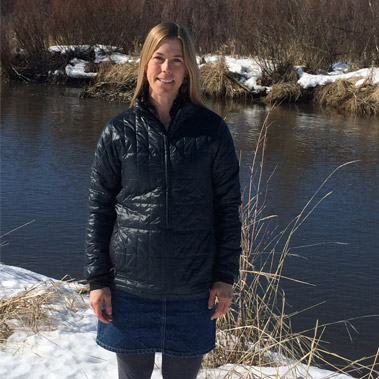
Restoration Projects
Restoring Migration Routes for Trout
One of our primary goals is to improve conditions for trout by improving overall ecosystem health and functionality–restoring habitat, stream flows and water quality–and by making structural improvements in or to the stream, such as installing fish ladders, step-pools, and screens. A healthy population of Teton River Cutthroat depend on migrating up tributary streams to spawn. For tributaries that have intact and productive populations of native trout, restoring connected migration routes free of obstacles, impediments, or entrapment, is how we improve the chances for reproductive success and the persistence of this iconic species.
Irrigation Diversions/Fish Screens
There are numerous canals and irrigation diversion structures on each of the major tributaries in Teton Valley. Several of the diversion structures are similar to small dams that create barriers to fish migrating up and downstream at certain flow levels. Several of the canals in the valley have high entrapment potential, meaning that fish are attracted to the canals and can become stranded, once headgates are closed. Irrigation diversion structures can also be outdated and need improvement to function properly for local irrigators to receive their water right without trapping fish. FTR started working with willing individuals and canal companies in 2006 to replace old diversion structures with fish-friendly headgates, as a win-win for farmers and fish.
Fish Ladders/Step-pools
In 2005, FTR conducted an assessment of potential barriers to fish passage, and prioritized improving those that created a significant obstacle for fish swimming upstream to spawn. Depending on location and feasibility, fish ladders are one kind of structure to aid migrating fish past existing barriers. Where possible, FTR has installed step-pools, which act as a more “natural-looking” fish ladder that creates holding water for trout, provides stream stability/structure, moderates gradient, and conveys sediment and flows.
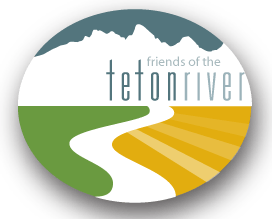
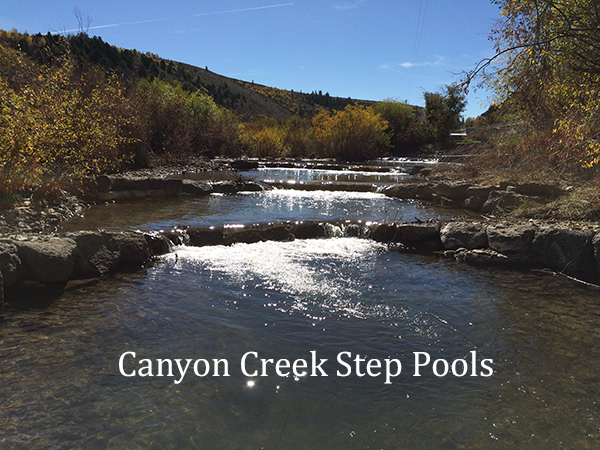

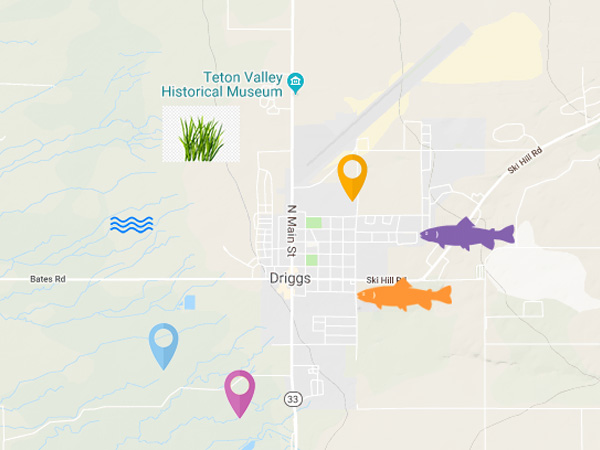


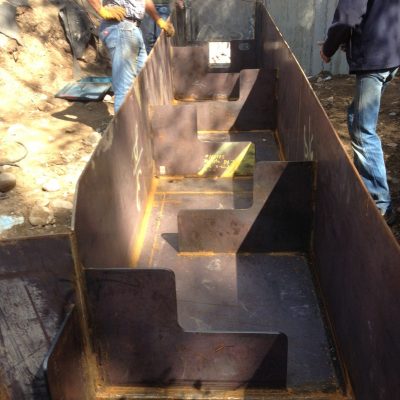

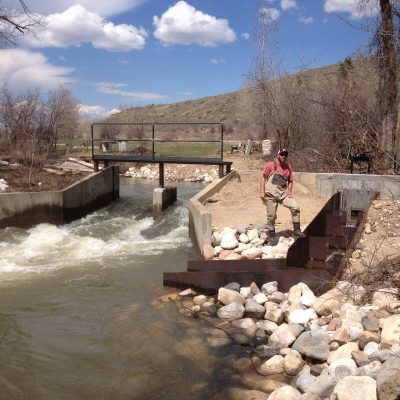
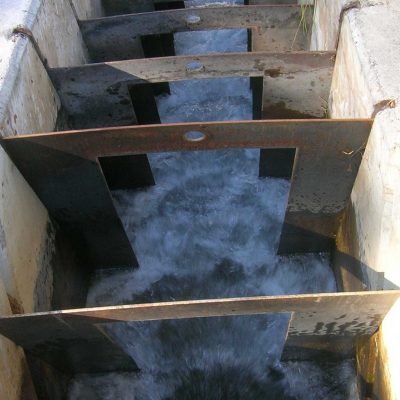




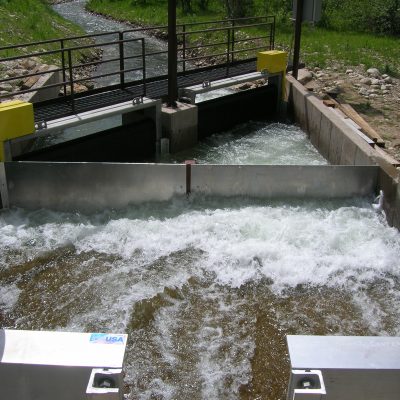


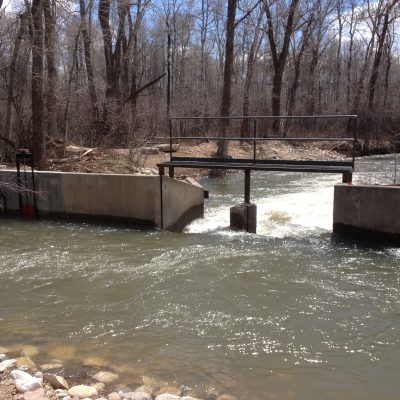

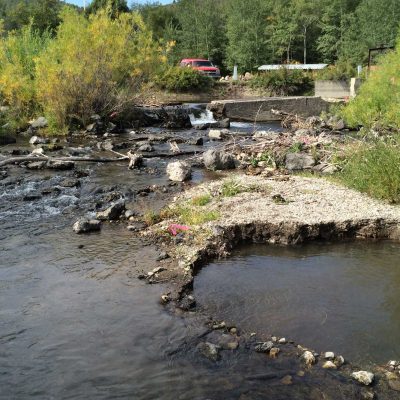
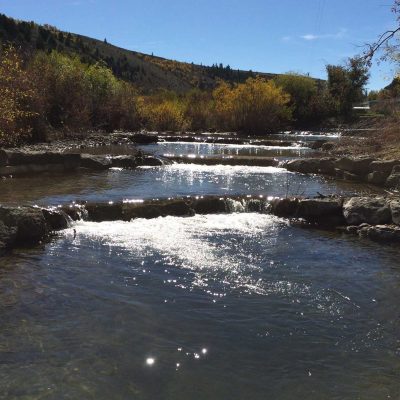

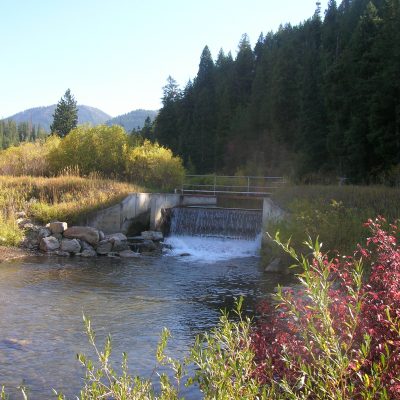
 McKenzie is the Program and Development Associate. She supports the Grants Director, Philanthropy Director, outreach efforts and program staff in the field. She aims to assist staff in meeting goals and producing high quality work in service of the Teton River Watershed. She is originally from Santa Barbara, California and grew up visiting her grandparents in Teton Valley. Her passion for the great outdoors and conservation grew when she studied Ecology and Evolutionary Biology at the University of Colorado Boulder, and she is excited to continue learning from this organization.
McKenzie is the Program and Development Associate. She supports the Grants Director, Philanthropy Director, outreach efforts and program staff in the field. She aims to assist staff in meeting goals and producing high quality work in service of the Teton River Watershed. She is originally from Santa Barbara, California and grew up visiting her grandparents in Teton Valley. Her passion for the great outdoors and conservation grew when she studied Ecology and Evolutionary Biology at the University of Colorado Boulder, and she is excited to continue learning from this organization.